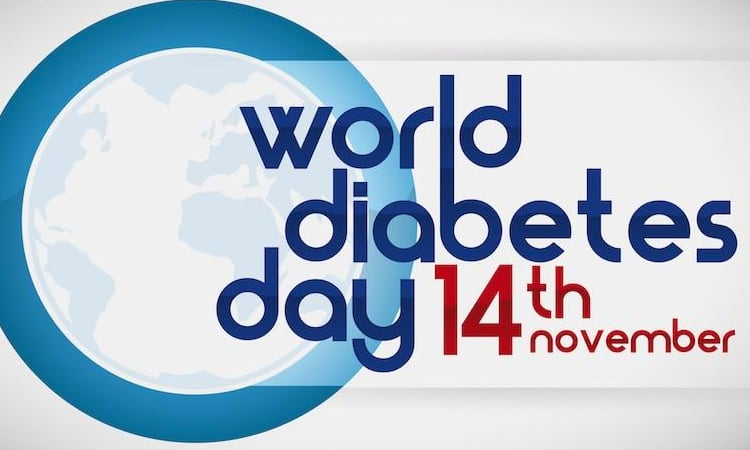POWER BANKS BECOME A TRAVEL ESSENTIAL ACROSS ASIA’S CROWDED CITIES

Portable batteries evolve from backup gadgets into everyday survival tools
Once seen as a niche accessory, power banks have quietly become essential gear for commuters and travellers across Asia’s mega-cities. An updated guide to the best portable chargers highlights how newer models are packing bigger batteries, faster charging standards and multiple ports into slimmer, lighter shells. That evolution reflects how smartphones now handle everything from payments and transit tickets to navigation and streaming video. When battery life fails on a packed metro or during a long bus ride, it is no longer just an inconvenience—it can mean losing access to money, maps or work.
Manufacturers are responding with a wider range of designs tailored to specific lifestyles. High-capacity bricks target backpackers and festival-goers who may be away from wall sockets for days, while pocket-sized units with integrated cables cater to office workers who simply need a top-up between meetings. Some models now support laptop-level output via USB-C Power Delivery, turning them into miniature mobile power stations for students, freelancers and creators. Safety features such as temperature control, over-current protection and certified cells are also becoming standard as regulators and consumers pay closer attention to fire risks.
Choosing the right charger for Dhaka, Bangkok, Manila and beyond
For users in dense, traffic-choked cities from Dhaka to Bangkok and Manila, the practical question is less “Do I need a power bank?” and more “Which one fits my daily loop?” The guide suggests first estimating how many full phone charges you really require and whether you will also power accessories like earbuds, cameras or handheld gaming devices. Frequent flyers might prioritise airline-approved capacities and slim profiles that slip easily into laptop bags. Riders on crowded buses and trains, meanwhile, often favour models with built-in cables so they are not fumbling with wires in tight spaces.
Price remains a key factor in emerging markets, but the latest breakdown shows that reliable midrange options now offer far better value than a few years ago. Fast-charging standards such as USB-C PD and proprietary smartphone protocols are trickling down to cheaper models, reducing the time users must stay tethered to a socket. As more services—from ride-hailing to banking—move fully into apps, portable batteries are becoming part of the basic digital infrastructure that keeps daily life running. For many urban Asians, a power bank in the bag now feels as essential as keys or a transit card.




















